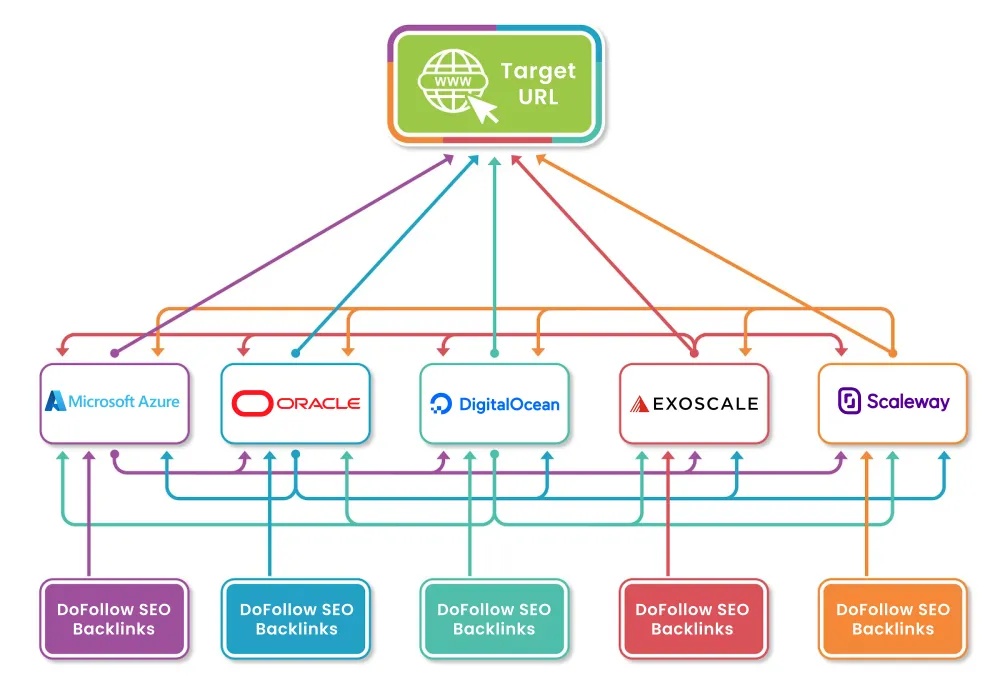Cloud Services for Every Company: Efficiency and Development
Cloud Services for Every Company: Efficiency and Development
Blog Article
A Practical Method to Implementing Cloud Solutions for Maximum ROI

Assessing Current Facilities
When assessing the feasibility of carrying out cloud services for maximum return on investment, the initial step entails assessing the existing facilities in position. universal cloud Service. Understanding the existing equipment, software, network capabilities, and storage space systems is important to determine the compatibility and integration demands for moving to the cloud
Analysis of the current infrastructure includes carrying out a detailed audit to identify strengths, weak points, and possible locations for improvement. It is necessary to examine aspects such as server ability, data protection steps, redundancy methods, and scalability choices. By obtaining a clear understanding of the existing state of the framework, companies can efficiently plan and strategize the transition to shadow solutions.
In addition, assessing the current infrastructure enables businesses to align their cloud adoption method with their particular needs and objectives. This examination gives useful insights into maximizing resource application, boosting performance, and making sure smooth combination with cloud solutions. Inevitably, a comprehensive assessment of the existing infrastructure lays the structure for a successful cloud implementation that makes the most of return on investment.

Identifying Organization Requirements
Comprehending the service requirements is crucial to tailor the cloud services properly. By performing complete meetings, studies, and analysis of existing process, it is possible to pinpoint areas where cloud services can supply the most substantial influence.
By straightening the abilities of cloud services with the details needs of the company, firms can make sure that their financial investment in cloud technology supplies maximum return on financial investment. By dealing with these needs ahead of time, organizations can avoid pricey errors and ensure a smooth transition to the cloud setting.
Choosing the Right Cloud Solution Service Provider
Picking the perfect cloud provider is a pivotal choice that can considerably influence the success of a company's cloud fostering strategy. When choosing a cloud provider, several aspects should be taken into consideration to guarantee that the picked company aligns with the organization's needs and goals. It is essential to review the provider's track record, integrity, protection actions, compliance accreditations, and scalability choices.
Reputation plays a critical duty as it reflects the service provider's performance history in supplying quality solutions and conference customer assumptions (Cloud Services). Dependability is an additional crucial factor to consider, as downtime or service interruptions can have destructive effects on organization procedures. Security is critical when leaving information to a 3rd party, so it is vital to assess the service provider's safety procedures and data security procedures
Furthermore, compliance certifications make certain that the provider follows industry standards and regulations, which is specifically crucial for companies operating in managed fields. Finally, scalability choices are important to fit future growth and changing business demands efficiently. By carefully assessing these variables, companies can pick a cloud company that ideal fits their needs and takes full advantage of the roi.
Preparation Migration and Implementation
To make sure a seamless shift to shadow solutions, thorough planning and critical execution of movement and execution processes are important. The preliminary action in this great post to read procedure entails performing an extensive analysis of the existing infrastructure and applications to determine the compatibility with cloud services.
Once the migration strategy remains in place, the implementation phase must concentrate on prioritizing workloads based upon urgency and complexity. This phased strategy permits screening and recognition at each phase, reducing disturbances and making certain a smooth change. It is necessary to establish clear communication channels and offer sufficient training to employees to assist in fostering and attend to any type of worries.
Constant surveillance and optimization post-implementation are vital to ensure that the cloud solutions are supplying the anticipated ROI. Regular efficiency evaluations and comments mechanisms can aid in identifying locations for renovation and taking full advantage of the benefits of cloud solutions.
Tracking Performance and Optimization
Reliable tracking and optimization of cloud services performance play a critical role in making the most of ROI and guaranteeing operational efficiency. By continually checking the performance of cloud services, organizations can identify prospective issues without delay, optimize resource allotment, and boost general system efficiency. Real-time tracking tools permit for the tracking of vital performance indicators, such as feedback times, resource use, and availability, making it possible for aggressive trouble resolution and informed decision-making.

Moreover, using anticipating analytics and device learning algorithms can assist companies anticipate future efficiency trends, expect possible traffic jams, and proactively maximize cloud sources. Continuous performance tracking and optimization not just improve the customer experience but likewise contribute to cost savings and enhanced ROI in the lengthy run.
Conclusion
In conclusion, the successful application of cloud services calls for a complete analysis of existing framework, recognition of business needs, selection of the right cloud service provider, precise planning for migration and implementation, and continual surveillance for performance optimization. By following these actions vigilantly, organizations can optimize their return on financial investment in cloud services and achieve better performance look these up and agility in their procedures.
In today's hectic company environment, the application of cloud services has become a vital element in boosting functional efficiency and driving significant return on financial investment (ROI) By meticulously evaluating current facilities, recognizing particular business requirements, selecting the appropriate cloud service provider, and thoroughly intending the migration and execution process, companies can position themselves for success in the cloud. Recognizing the company requirements is essential to tailor the cloud solutions efficiently. By aligning the capabilities of cloud solutions with the details needs of the organization, business can guarantee that their investment in cloud modern technology delivers maximum return on investment.Selecting the optimal cloud service copyright is a crucial decision that can significantly influence the success of a business's cloud adoption approach.
Report this page